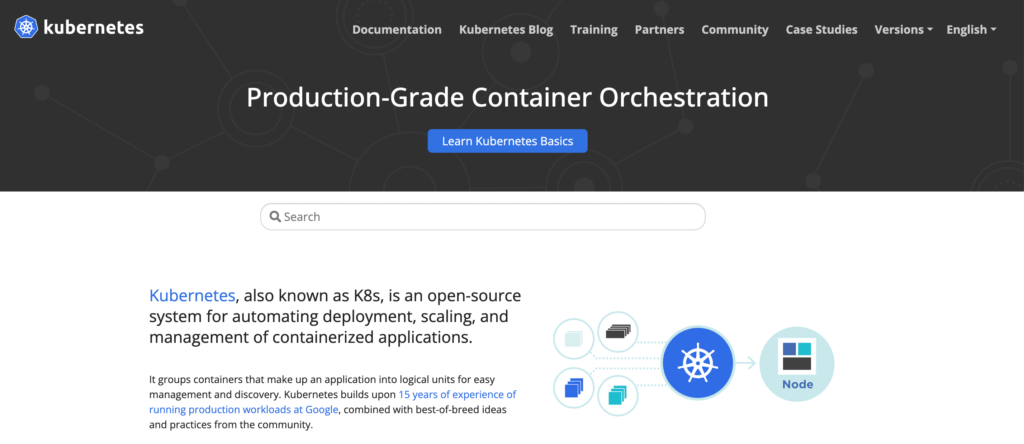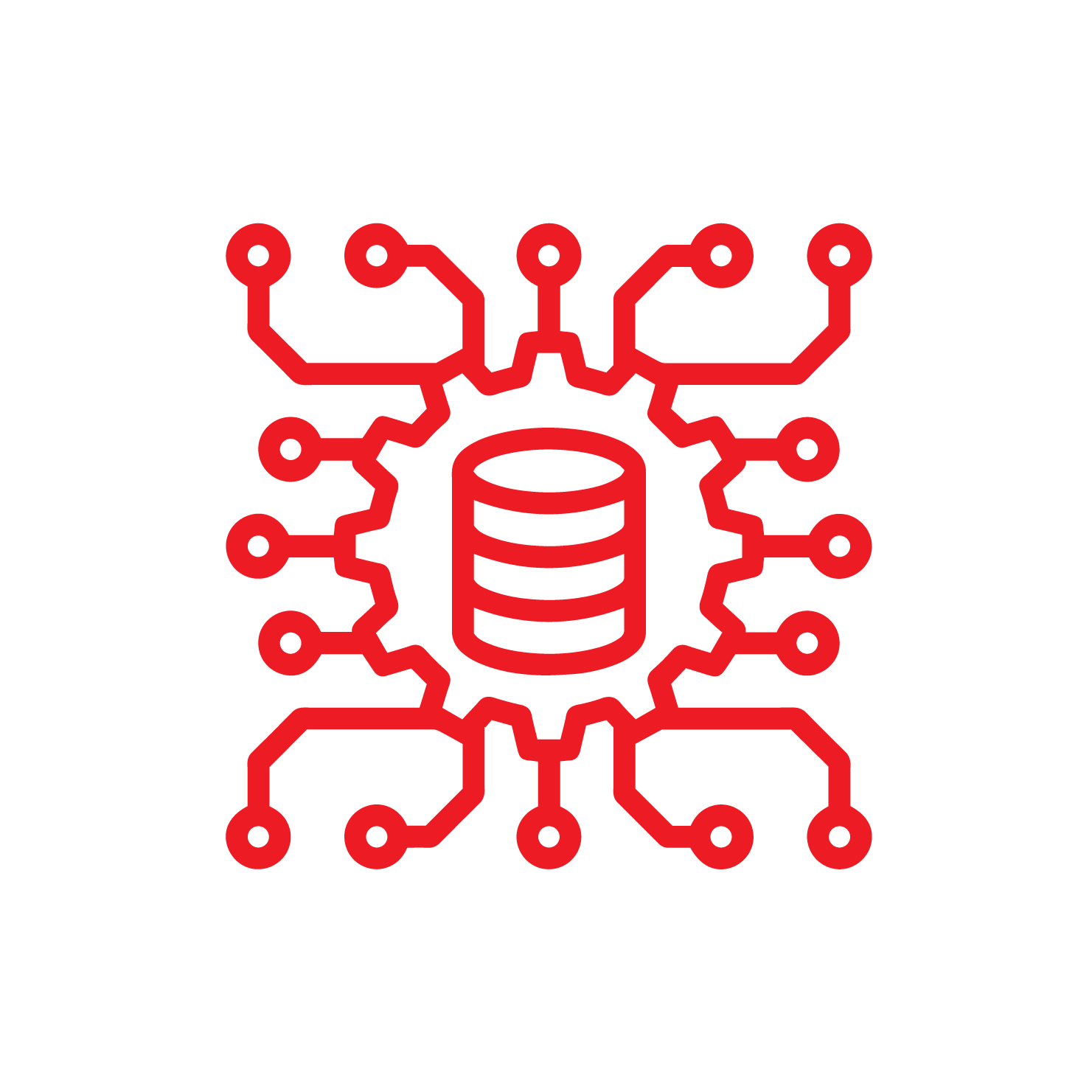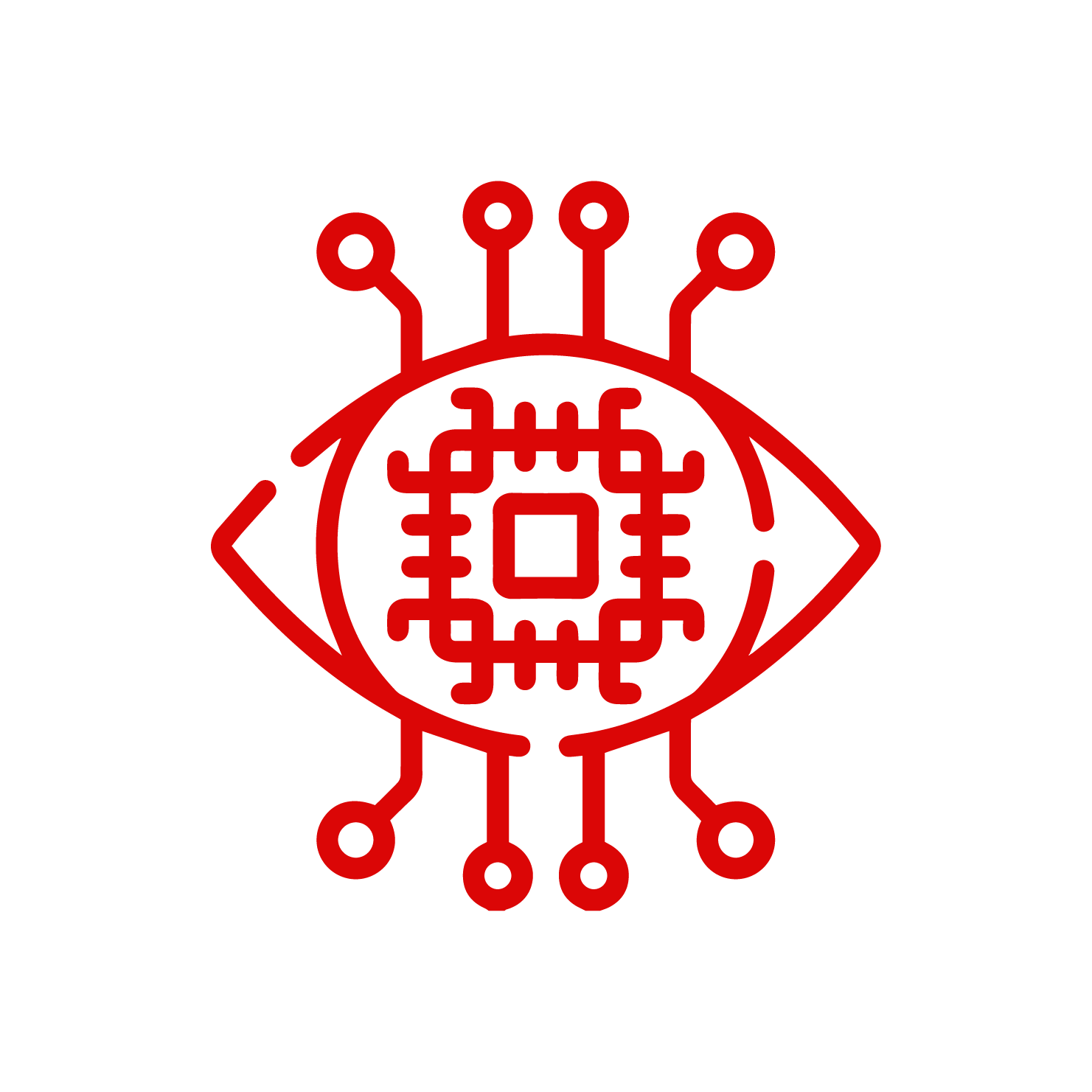Kubernetes is an open-source container orchestration platform that automates the deployment, scaling, and management of containerized applications. It was originally developed by Google and is now maintained by the Cloud Native Computing Foundation (CNCF).
Kubernetes provides a powerful and flexible platform for managing containerized workloads, allowing developers to focus on writing code rather than managing infrastructure. With Kubernetes, you can easily deploy and manage applications across multiple cloud providers or on-premises data centers.
In this blog post, we will be discussing one of the key components of Kubernetes – Services – and how they can be used to expose your applications to the network. So here we start

1. ClusterIP Service
ClusterIP is the default and most common service type in Kubernetes. When you create a ClusterIP service, Kubernetes assigns a cluster-internal IP address to it. This makes the service only reachable within the cluster.
ClusterIP services are typically used for inter-service communication within the cluster, such as communication between the front-end and back-end components of your application. You can optionally set the cluster IP in the service definition file. ClusterIP services are an essential component of Kubernetes networking, as they provide a stable IP address for your application components to communicate with each other.
2. NodePort Service
NodePort service is an extension of ClusterIP service in Kubernetes. When you create a NodePort service, a ClusterIP service is automatically created to which the NodePort service routes. NodePort service exposes the service outside of the cluster by adding a cluster-wide port on top of ClusterIP. It exposes the service on each node’s IP at a static port (the NodePort).
You can contact the NodePort service from outside the cluster by requesting <NodeIP>:<NodePort>. The NodePort must be in the range of 30000-32767, and manually allocating a port to the service is optional. If it is undefined, Kubernetes will automatically assign one. NodePort services are typically used for exposing a service to the outside world, such as a web application or API.
Databricks Vs Snowflake– A Broad Comparison for 2023!
3. LoadBalancer Service
LoadBalancer service is another type of service in Kubernetes. When you create a LoadBalancer service, Kubernetes automatically provisions a load balancer for your service in the cloud environment. This load balancer distributes incoming traffic to the nodes in the cluster that are running your service.
LoadBalancer services are typically used for exposing a service to the outside world, such as a web application or API, and are commonly used in cloud environments. LoadBalancer services are similar to NodePort services in that they both expose a service to the outside world, but LoadBalancer services provide additional features such as automatic load balancing and failover.
4. ExternalName Service
One of the types of Kubernetes Services is the ExternalName service. This service allows you to give a service a DNS name that is external to the cluster. When you create an ExternalName service, Kubernetes does not create a ClusterIP or any endpoints.
Instead, it returns a CNAME record with a value that is defined in the externalName parameter when creating the service. This allows you to map a service to a DNS name that is external to the cluster, such as a database or other service running outside of the cluster.
5. Headless Service
Headless Services are a type of Kubernetes Service that does not need load balancing and only exposes a single IP. You can create a Headless Service by specifying “none” as the clusterIP.
Headless Services can be defined with selectors, in which case endpoint records are created in the API that modify the DNS to return addresses that point to pods that are exposing the service. Headless Services without selectors don’t create endpoint records. The DNS system configures either the CNAME record or a record for endpoints with the same name as the service.
Datacamp Vs Dataquest – All You Need to Know!
6. Ingress Controllers and Ingress Resources
Ingress Controllers and Ingress Resources, they are components of Kubernetes that allow you to expose your services to the outside world. An Ingress Controller is a Kubernetes resource that is responsible for managing external access to the services in a cluster.
It typically runs as a load balancer and routes traffic to the appropriate service based on the rules defined in the Ingress Resource. An Ingress Resource is a Kubernetes resource that defines the rules for routing external traffic to the services in a cluster. It specifies the hostnames, paths, and other routing rules that the Ingress Controller should use to route traffic to the appropriate service.
Conclusion
Kubernetes Services are a crucial component of Kubernetes architecture that allows you to expose your application to the outside world and provide a stable endpoint for your application. They connect a set of pods to an abstracted service name and IP address and provide discovery and routing between pods. The core attributes of a Kubernetes service are a label selector that locates pods, the clusterIP IP address and assigned port number, and port definitions.
By understanding the concepts and functionality of Kubernetes Services, you can create a stable and scalable infrastructure for your applications. We hope this PDF file has been helpful in providing you with the knowledge you need to get started with Kubernetes Services.
FAQ’s About Demystifying Types of Services in Kubernetes
1.What is the basic service of Kubernetes?
At the core of a Kubernetes service reside essential elements: a label selector for pinpointing pods to direct traffic, a designated clusterIP accompanied by a port number, explicit port definitions, and the choice to optionally map incoming ports to specific targetPorts.
2.What is a Kubernetes service vs pod?
Kubernetes services serve as networking abstractions for groups of pods, resembling clusters of interconnected units. These services are pivotal in supporting microservices within Kubernetes, where each pod obtains its distinct IP address. They also feature a unified DNS name for a pod collection, enhancing load balancing capabilities across pods.
3.Is Kubernetes service a container?
Kubernetes stands as the prevalent norm for orchestrating containers in live environments, complemented by managed Kubernetes services from various cloud providers. For Kubernetes novices, grasping two central notions is crucial: the cluster and the API. A cluster amalgamates servers, each equipped with a container runtime.
4.What is the difference between service and ingress?
Diverging from NodePort or LoadBalancer, Ingress does not classify as a service type. Rather, it operates as an ingress point positioned ahead of numerous services within the cluster. It functions as an ensemble of routing directives dictating the approach through which external users connect to services housed within a Kubernetes cluster.
References










